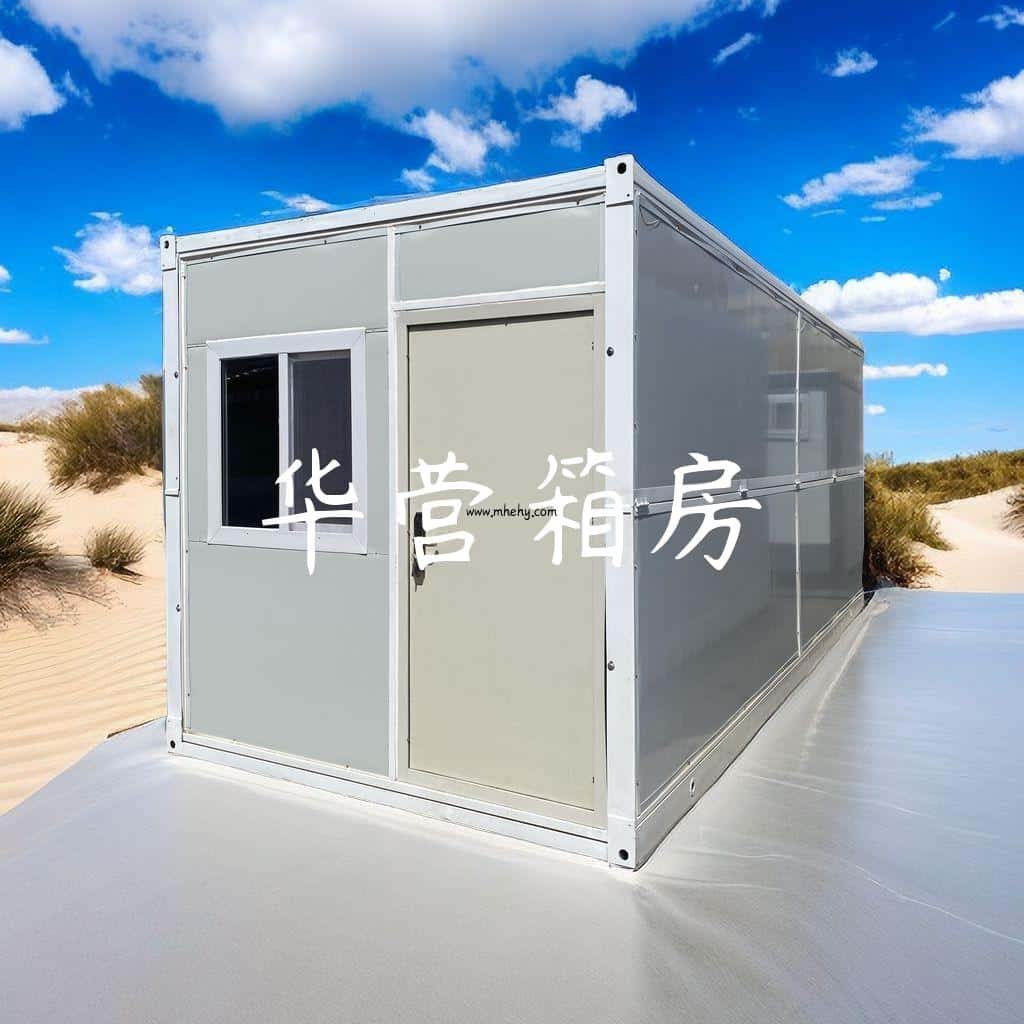The Future of Housing: Exploring the Rise of Expandable Prefab Homes

The Future of Housing: Exploring the Rise of Expandable Prefab Homes
The housing industry has always been at the forefront of innovation and adaptation, constantly evolving to meet the needs of a growing population. In recent years, the rise of expandable prefab homes has emerged as a promising trend that could potentially revolutionize the way we think about housing.
Prefab homes, also known as modular homes, are constructed off-site in factories and then transported to their final location for assembly. These homes offer several advantages over traditional construction methods, such as cost-effectiveness, reduced construction time, and increased flexibility in design. However, the latest innovation in the prefab housing market is expandable or flexible homes.
Expandable prefab homes are designed with the future in mind, offering homeowners the ability to customize and expand their living spaces as their needs change over time. This adaptability eliminates the need for costly renovations or moving to a new house altogether, making it an appealing option for those seeking a long-term housing solution.
One of the main advantages of expandable prefab homes is their ability to grow in size. By utilizing modular components, homeowners can easily add extra rooms or extend their living areas whenever necessary. This flexibility allows families to adapt their homes as they experience changes in their lifestyle, such as welcoming a new family member or needing a separate space for a home office.
In addition to the expandability feature, these homes are also equipped with smart technology to enhance the overall living experience. Integration with smart home systems allows residents to control various aspects of their home, including lighting, temperature, and security, through voice commands or mobile apps. This level of automation not only adds convenience but also improves energy efficiency and reduces carbon footprint.
The rise of eco-friendly materials and construction practices further adds to the appeal of expandable prefab homes. With sustainability at the forefront of global concerns, homeowners are increasingly seeking environmentally friendly housing options. Prefabricated homes already have a smaller carbon footprint compared to traditional construction, and the use of eco-friendly materials and renewable energy sources only strengthens their environmental credentials.
Another significant advantage of expandable prefab homes is their affordability. By manufacturing the majority of the building components in a controlled factory environment, construction costs can be significantly reduced. The elimination of on-site labor expenses and the ability to streamline the manufacturing process contribute to overall savings, making prefab homes an accessible housing option for a wider range of individuals and families.
While expandable prefab homes offer numerous benefits, there are still challenges that need to be addressed for widespread adoption. Planning and zoning regulations in some areas may not be amenable to modular housing, limiting its availability in certain locations. Additionally, misconceptions about prefab homes being of inferior quality or lacking unique design elements need to be dispelled through education and raising awareness about the advancements in the industry.
As the world continues to face the growing demand for housing, the rise of expandable prefab homes offers an exciting glimpse into the future of the industry. These innovative dwellings empower homeowners to adapt their living spaces to their evolving needs while also addressing concerns such as affordability and sustainability. With advancements in technology and increasing acceptance of modular housing, expandable prefab homes have the potential to become a mainstream housing option in the years to come.













